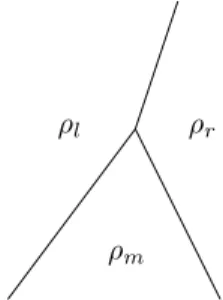Scalar conservation laws with moving constraints arising in traffic flow modeling: an existence result
Texte intégral
Figure
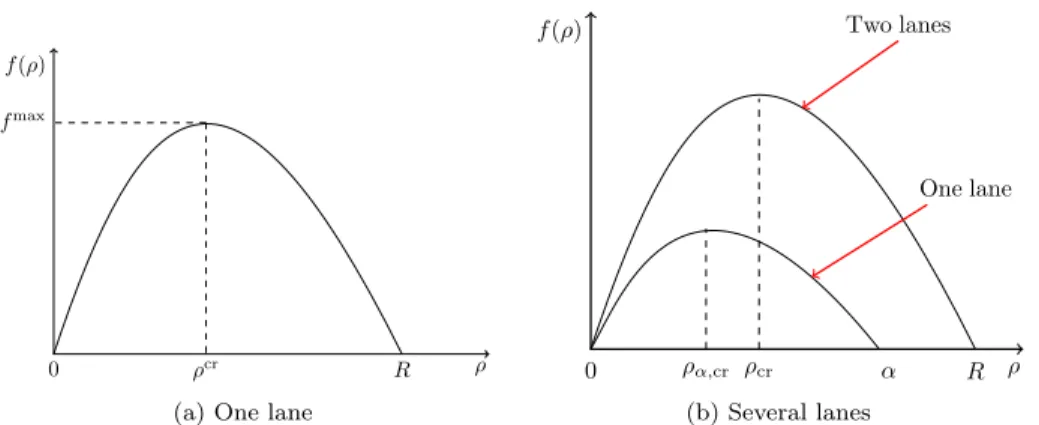
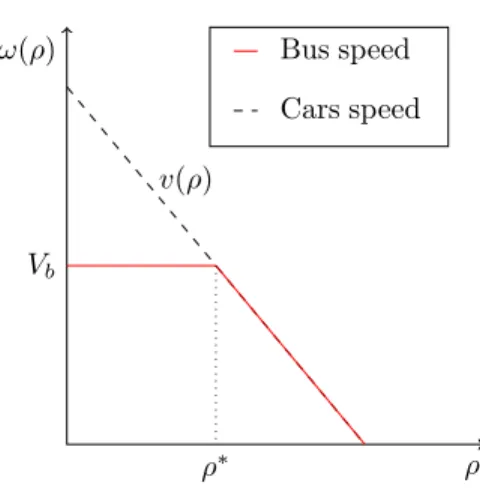
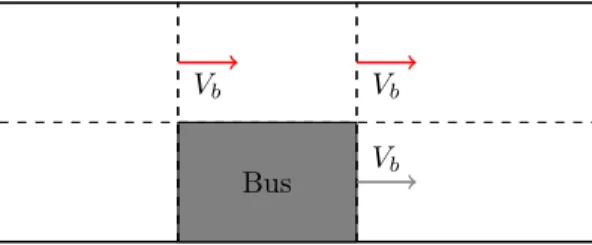
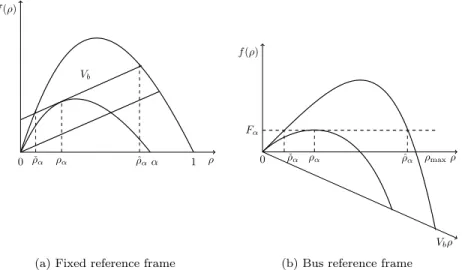
Documents relatifs
We show that the Cauchy Problem for a randomly forced, periodic multi-dimensional scalar first-order conservation law with additive or multiplicative noise is well-posed: it admits
http://dmsweb.daa.asn.au/files/Info%20for%20Professionals/Texture_Mod_Poster.pd f ;Irlande http://iaslt.ie/docs/public/Irish%20consistency%20descriptors%20poster.pdf ) Après avoir
Keywords: scalar conservation law, nonlocal point constraint, well-posedness, fixed point argument, finite volume scheme, convergence of approximations, vehicular traffics,
The Aubin’s and Holcman’s approach is the subcritical approach, they solve the nodal problem with subcritical exponent and they prove that the sequence with subcritical
In the context of road traffic modeling we consider a scalar hyperbolic conservation law with the flux (fundamental diagram) which is discontinuous at x = 0, featuring variable
The productivity effect at work: long run distributions of the main variables for a homogeneous population distribution and a peaked total factor productivity profile.. relatively
In the rest of this paper, we examine the term structure of the liquidity premium that prevails in the European green bond market along three liquidity premia:
Main outcomes were the level of consciousness observed at time of ICU discharge and the Glasgow Outcome Scale-Extended (GOS-E) obtained 3 months following the hemorrhage via
